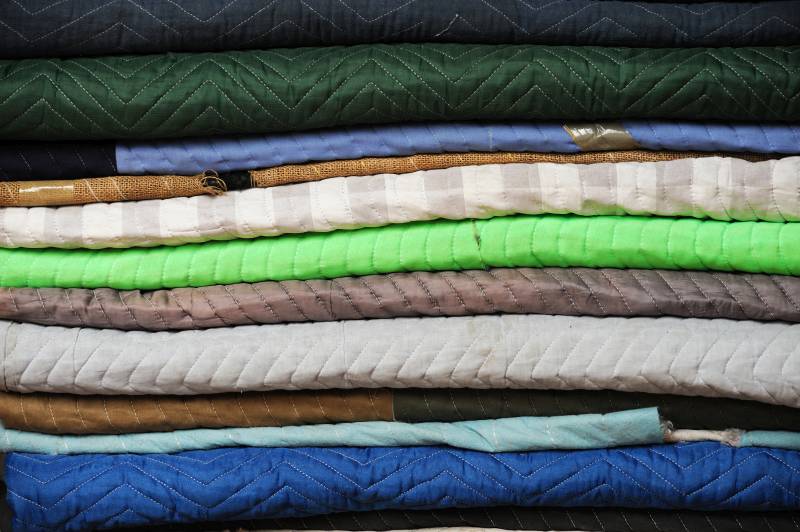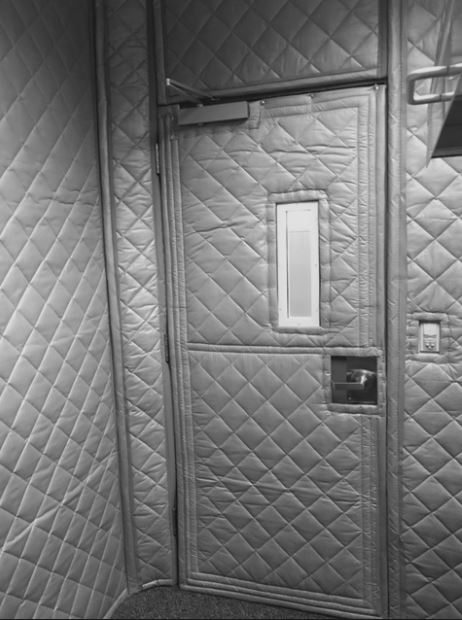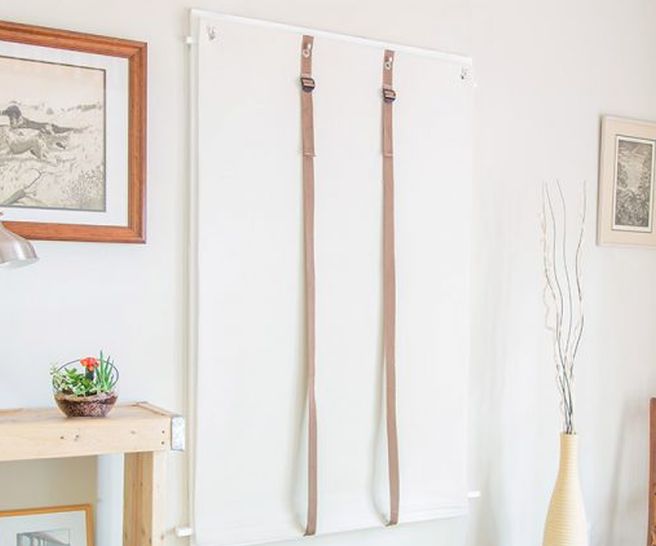No products in the cart.
Using Soundproof Blankets to Reduce Noise

18
Apr
Why Use Soundproof Blankets?
Renters and homeowners can use soundproof blankets to shield their homes from annoying outside noises such as traffic and loud neighbors. People can also use soundproof blankets to reduce noise within the home by preventing a lot of sounds from coming into one room from another room. These are a temporary product to hang over doors and windows, blocking unwanted noise without requiring significant investment.
But what are Soundproof Blankets? Do they actually soundproof the windows, or do they just absorb noise? This really depends on a number of factors with the most important being weight.
Soundproof Blankets – Do They Really Work?
Any soundproofing blanket or curtain should have an STC rating, proving that is has been lab- and field-tested to block sound. If the marketing info just says “We Block Sound”, then it’s likely not going to be a very effective sound barrier. However, sound membranes that are specially designed to reflect incoming sound will have STC ratings to measure exactly how much sound they block. In general:
- Sound Blocking Blankets: Have a Mass Loaded Vinyl core, Heavy Blankets (at least 1 Pound per Square Foot)
- Sound Absorbing Blankets: Velour & Velvet Drapery, Moving Blankets; Light and fluffy
When deciding if soundproofing blankets will help you improve your sleep or block unwanted noise, remember to research the STC rating and block flanking sound around the windows and doors.

Sound absorbing curtains – do they really work? To reduce echo in a space, heavy velvet or other sound absorbing curtains can be very effective (weight of at least 16 oz/sq. yd.). Soundproofing curtains need a dense core using a mass loaded vinyl.
Moving Blankets aren’t Soundproof Blankets
Of course, moving blankets are a great way to protect freight elevators during move-in. They can also absorb some sound in makeshift recording studios and band rooms. Moving blankets or fabric blankets have sound absorption qualities but are porous and still somewhat acoustically transparent. They are not designed to block noise. Any soundproof blanket will require a significant weight or density because the soundproofing effectiveness is directly proportional to the weight of the blanket. For example, if you can barely lift the fabric, the blanket will probably do an effective job soundproofing a door or window.
If you do decide to use a soundproofing products in your home, you need to make sure it is sealed around the door or window to avoid any sound leaks. Some option here would be using:
- Glue
- Nails
- Velcro Strips
- Magnetic Strips
When Can I use Moving Blankets for Acoustic Treatment?
Use moving blankets as a sound absorbing blanket
Let’s talk about the best way to use your acoustic blankets is on the inside of walls that require reverb control. This is seen often in household recording studios, where acoustic panels may be prohibitively expensive. Moving blankets, while having a relatively low NRC (Noise reduction Coeficient), can still provide significant areal coverage, resulting in a broad acoustic treatment coverage with a very low price per square foot. Translation: you get a lot of bang for your buck.
Keep in mind that low frequencies of sound are more difficult to treat than normal to high frequencies. If you are experiencing low frequencies in your space such as diesel engines, the low humming of an air conditioning unit, or machinery, consider double-stacking the moving blankets on the walls for acoustic treatment.
One great use for moving blankets is for a music room or tv room with high ceilings or a lot of hard surfaces. If you’re hearing echoes reverberate off of every wall. Moving blankets can give the acoustics in your space a little boost of clarity.
Soundproof Blankets for Sound Control
If you do opt for a soundproofing blanket for your door or window, remember to ask for an STC rating before purchasing, completely wrap it around any openings in the wall (doorways, windows), and seal it tightly against the adjacent surface. Many sound control approaches are less effective because they allow sound flanking around the edges – sound that sneaks around the perimeter of the treatment and transfers into the treated space.
By selecting the correct kind of acoustic or soundproof blanket, you can address your noise issues and get an affordable handle on the situation. As you see in the above photo, these sound absorbing blankets can be used to fix and seal your own custom acoustic setup in almost any space.
If you hate the look of that puffy square pattern, and would like a one-stop shop, aesthetic option with tried and true ability to block sound. You’ll want to try out pre-made soundproof blankets from Residential Acoustics. In summary:
- Moving Blankets are not effective at soundproofing (reducing noise transfer). They may provide mild improvement in echo reduction.
- Soundproofing Blankets have a mass loaded vinyl core and are very heavy.
- Sound Absorbing Blankets use plush fabric such as velour or velvet to greatly reduce echo and reverberation.

Attractive soundproofing blankets can be hung over exterior windows or interior doors to reduce noise transfer in the space. Ensure the blanket is rated for STC!
